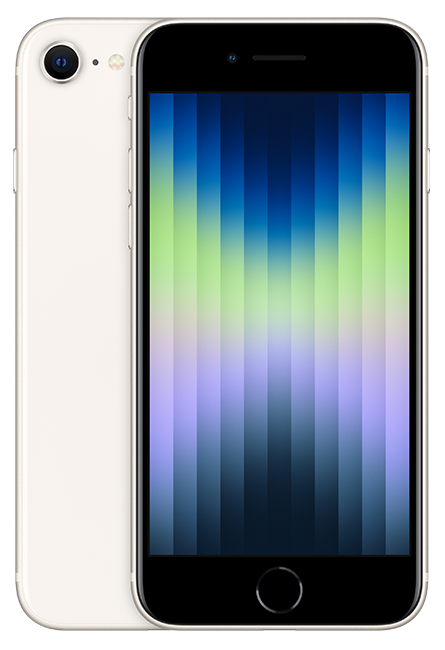What is Computer Simulation Technology?
What is computer simulation technology Computer simulation technology is used to solve complex problems that cannot be solved analytically. This includes differential equations and continuous systems like cosmological models and roadway air dispersion models.
Any system or process that has a flow of events can be simulated. Typical uses include assessing the effects of process changes and new procedures.
What technology is used for simulation?
Computer simulation is a wide-ranging term that encompasses various methodologies used in different fields, research aims, and contexts. For example, simulation software may be based on discretized versions of natural laws assumed to govern the modelled system, while other systems require massive amounts of data (such as climate models).
For the most part, a computer is used for simulation because of its ability to compute complex equations rapidly and accurately. The resulting numbers then change the state of the virtual system in response to its environment. The process of simulation is repeated over until the desired outcome is achieved, such as a simulation that mimics how a building might be affected by earthquakes or how a product would perform in real-world scenarios.
Computer-based simulations are now used across numerous industries, including medical diagnostics, automotive design and manufacturing, aerospace engineering, and more. The technology can help engineers test their designs and guarantee that the finished product will work as intended before releasing it to consumers, or it can be used for training purposes.
What are the components of computer simulation?
Computer simulation is a technique used to model the behavior of a system over time. It is often used to help researchers understand complex systems that would be difficult to analyze using traditional experimental techniques. Computer simulation models are typically created using a programming language that allows users to manipulate data and create inputs for the model. The outputs of a simulation are then calculated and displayed.
The type of system that can be simulated depends on the specific needs of the user. However, in general, any system that has a flow of events can be modeled. This includes processes and equipment that change over time or have variable or random factors. For example, a supermarket could be simulated by taking into account the number of customers that enter the store, their age, gender, and shopping habits.
One of the most common uses for computer simulation is in business and industry. For instance, a company may use a simulation to determine the effectiveness of a marketing campaign. A simulation can also be used to test the impact of different scenarios on a business, such as how a terrorist attack or a financial crisis might affect their profitability.
What is the purpose of computer simulations?
Simulation is a powerful tool that can help companies make decisions more quickly and accurately. It can be used to test theories, improve buy-in with partners, associates and stakeholders or even to generate new ideas.
Simulation can also be used to test changes in a company’s processes or equipment. This can include evaluating system cycle times, throughput under different loads, resource utilisation, storage needs and staffing requirements. For example, a supermarket simulation could be used to determine how customers respond to a new marketing strategy.
One common definition of computer simulation is any computer-implemented method for exploring the properties of mathematical models that cannot be solved analytically. However, this is a narrow definition that doesn’t take into account the wide range of applications for computer simulations. In fact, it’s easy to find examples of simulation in almost every area of industry.
How do you verify a simulation model?
In a nutshell, validation is the process of testing a computer simulation model to ensure that it behaves as expected. Various methods can be used for this, including unit testing, animation and graphical/visual validation. It is important to note that this should be done during the development phase of the model (afterwards can be very time consuming and costly).
Another way to verify a simulation is by performing statistical tests. This involves comparing the results from the simulation model to the actual system output. It is also possible to validate a model by looking at individual components of the system. For example, if you are modeling traffic flow, you can validate your model by comparing the results of a single component to the actual system output.
This can be a very effective method of validating a simulation, especially if you are able to get accurate data from the actual system. However, it is important to remember that new predictions for a simulation are always limited by the original data used to develop the model as well as the simulation procedure.
Why is simulation better?
Simulation is a method for studying systems that relies on computer algorithms to calculate inputs and outputs. It’s a more comprehensive method than simply taking steps to perform an experiment and sanctioning the inferences that are drawn from it.
It can be used to evaluate the performance of an existing system or predict how a new system will function. It can also be used to determine the best way to improve an existing process or structure, or how to best utilize available resources and equipment.
Traditionally, simulation has been associated with the process manufacturing industries and is customarily taught in engineering schools. However, it has not always been very accessible. In the past, it required long processes and a significant number of specialists to develop simulation models and software. It was not until the development of modern programming languages, visualization tools and computing algorithms that simulation became much easier to use. Today, it is possible to model and analyze an entire system with a single platform like SimScale. Check out this video to see how easily a 2000-foot conveyor can be modeled using this cutting edge technology.
Is simulation good or bad?
Simulation is a technique used to model and analyze systems, from simple business models to complex geometric models. It is often used in engineering and science to test new designs before they are built, or to simulate weather patterns or macroeconomic processes. It can also be used in medical research to study the effects of drugs or diseases on patients.
While computer simulation can provide valuable information, it must be understood that it is not a perfect tool. Various factors can influence the accuracy of the results, including rounding and truncation errors. It is important to only use the most accurate data possible when analyzing a simulation model.
Using simulation software can be a great way to improve productivity and increase product quality. However, it is essential that companies have access to high-quality tools in order to get the most out of their simulation experience. Fortunately, there are many software companies that specialize in creating simulation software, and they can help businesses achieve their goals. For example, Simian’s software allows users to create and simulate any manufacturing system in minutes.
What can we learn from simulation?
Computer simulation is used in many industries for a variety of purposes. Often, it is used to learn from mistakes and improve operations. It can also be used to train employees in new procedures or skills. It can also be used to analyze and test the effects of various scenarios.
Computer-based simulations can be very helpful in a variety of fields, from engineering to chemistry to weather forecasting. They can help scientists run mathematical models quickly and easily, allowing them to make important decisions more quickly. This technology is also useful in military training, where it allows commanders to evaluate different strategies and tactics in a safe environment without risking human lives.
Simulated tests can be extremely useful in the design process, as they reduce the need for a physical prototype to be built. This can save time and money by eliminating the need for repeated trials and error. Using a design simulator can also help companies create better products by reducing costs and accelerating the development process. This can be especially beneficial for companies that must pass certain safety standards, such as those making automotive components.
What is simulation in real life?
Many disciplines – from the natural sciences, to the social and life sciences, to engineering – have developed methodologies that incorporate computer simulations. In general, a simulation is an attempt to model systems for which simple closed form analytic solutions are not possible. This might be done on its own, or as a supplement to traditional methods such as mathematical models.
For example, a simulation might be used to test out military plans in a virtual environment using a computer model that incorporates various political and social factors. Other applications of simulation include production systems for manufacturing or transport. Here, Discrete Event Simulation (DES) software is often used to simulate the dynamics of a production system such as variations in process times, transportation times and small stoppages or breakdowns.
Computer simulations are also used in education to accelerate learning and for training purposes. These might be hard skills like writing, mathematics and operating machinery or soft skills like communication, teamwork and time management. They are also used in leisure activities such as video games.



